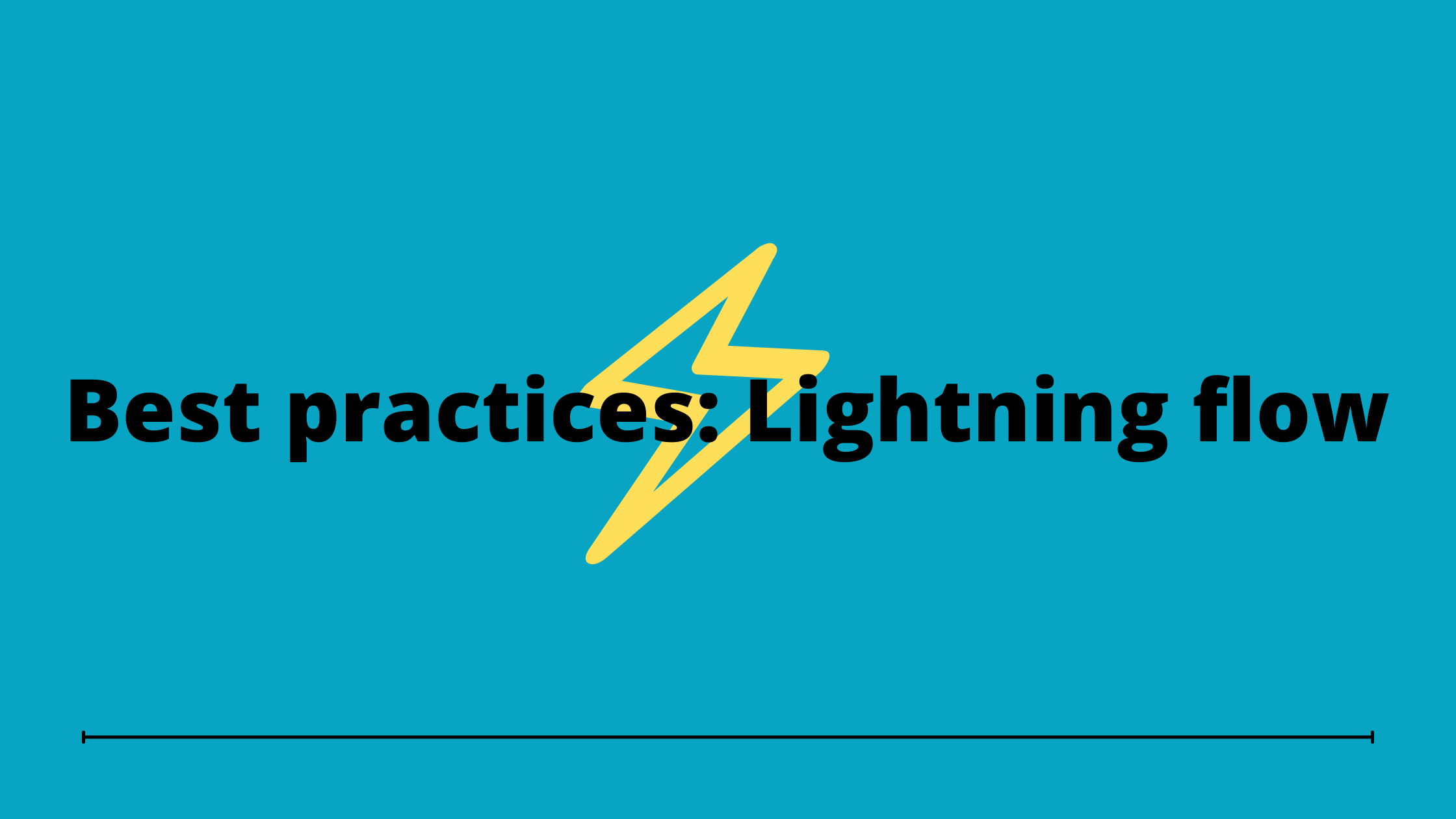Top 10 Best Practice For Lightning Flow
Salesforce Lightning flow is the perfect tool for business process automation and enriches customer and employee experience. The power of a graphical user interface or low-code plus drag and drop functionality leads to the betterment of customer engagement.
The number of flows is strictly dependent on the project requirement hence leading to optimal process automation. To ensure that you experience the best performance, experts from NLINEAXIS recommend you adopt the 10 best practices for an ultimate lightning flow experience.
Read more: Everything you must know about Salesforce
10 Best Practices for Lightning Flow
Adopt the best practices stated below for an ultimate Lightning Flow experience-
- Naming Guidelines:- Ensure that flow API name indicates module name and use case of the flow. Moreover, the type of variable helps determine the variable name.
- Flow & Sub-flow:- Managing multiple flows can get tricky. However, resorting to the main flow that contains sub-flow can help you tackle the task.
- Multiple Trigger Flow:- Experts advise creating multiple trigger flows or at least two trigger flow for each object to save you from all the hassle.
- Bulkification:- Bulkification helps to avoid SOQL limit exception error hence we recommend to use wherever it is applicable.
- Error Logging:- Ensure to log error in event of failure. However, a help document is helpful in case of fault exception.
- Null handling and branching:- Null handling is looked after in the event when the user is unable to find data.
- Test flow with user:- There might be instances where you might not get desired results while testing flow. Applying all permission set on the user in the application can help you get better insights.
- Test performance of flow:- To identify any kind of performance issue, we suggest you test your flow for multiple users.
- Never hardcode variables:- Experts suggest not to hardcode in flow variables. In addition, data should be passed to flow at runtime. There are some special cases where you might need assistance from an expert lightning flow development company.
- Flow documentation:- Coping with challenges while creating flow can become complex. Documenting flow’s use case can help in effective maintenance. Documentation is also helpful for developers in the event of customization.
Applying the above-mentioned best practices will help you avoid disruptions while automating your business processes; however, hiring an experienced salesforce lightning flow developer will ensure you save a lot of time & effort and yield faster results.
Reference:
https://help.salesforce.com/articleView?id=sf.flow_builder.htm&type=5


Application Security: Securing Salesforce Applications - NLINEAXIS
September 13, 2021[…] Read more: TOP 10 BEST PRACTICE FOR LIGHTNING FLOW […]